So much has happened at Skoda over the past 25 years that it’s hard to imagine that the company’s alliance with the VW Group is only a quarter of a century old. But the alliance is being celebrated in Prague and Wolfsburg this very day, and there are many good reasons for the partners — and their latter-day customers — to raise a glass.
Back in March 1991 the company, already 96 years old, was bumping along on the back of a bunch of odd-handling rear-engined saloons (the low-priced Estelle was a decent UK seller).
There was also the more progressive three-year-old Favorit, a cheap, decent but entirely lacklustre 1289cc five-door hatchback, which only three years before had discovered the transverse-engined, front-drive layout the rest of the world had adopted wholesale two decades earlier. Superior western European car buyers knew enough about Skoda and its behind-the-times image to make dismal jokes that nevertheless stuck.
VW’s entry into the narrative came promptly after the Czech Velvet Revolution of 1989, during which sheer non-violent insistence by the population caused an extraordinary overthrow of the Communist rule that had lasted since the occupying Germans departed at the end of World War II.
A deal, encouraged by the new, democratic government, was concluded on this day in 1991 after a brief skirmish with Renault (which wanted to make Czech Twingos).
VW input quickly altered cars’ quality
VW’s influence changed the quality before it changed the cars, and the Felicia of 1994 (a reskinned Favorit) did notably well in customer surveys. But by the end of the 1990s, Skoda was selling front-drive Skoda Octavias and Skoda Fabias based on the latest VW floorpans.
At first, Skoda was supposed to be positioned as VW’s entry-level marque, but a number of positive factors — the long-buried Czech penchant for fine engineering, the buyer appeal of cars that were good and carried no premium for 'image' and the ability of Skoda’s then-management to mix-and-match VW components to produce practical and unique cars — led to impressive sales volumes that allowed prices to be hiked. Call that the second revolution.
Skodas focus on value and space
Today Skoda plays several roles. Its cars edge towards offering value without taking significant bites out of VW price levels. They often bring new-generation platforms on stream before they’re introduced into the VW range. And in the larger sizes the brand seems to major on good luggage and passenger accommodation, with the successful Superb range being probably the best case in point.
Remarkably, Skoda’s positioning and image are today among the industry’s easiest to understand, and its established clientele among the most satisfied. In an industry that talks incessantly about how long it takes to change customers’ perceptions, this is a fine achievement.

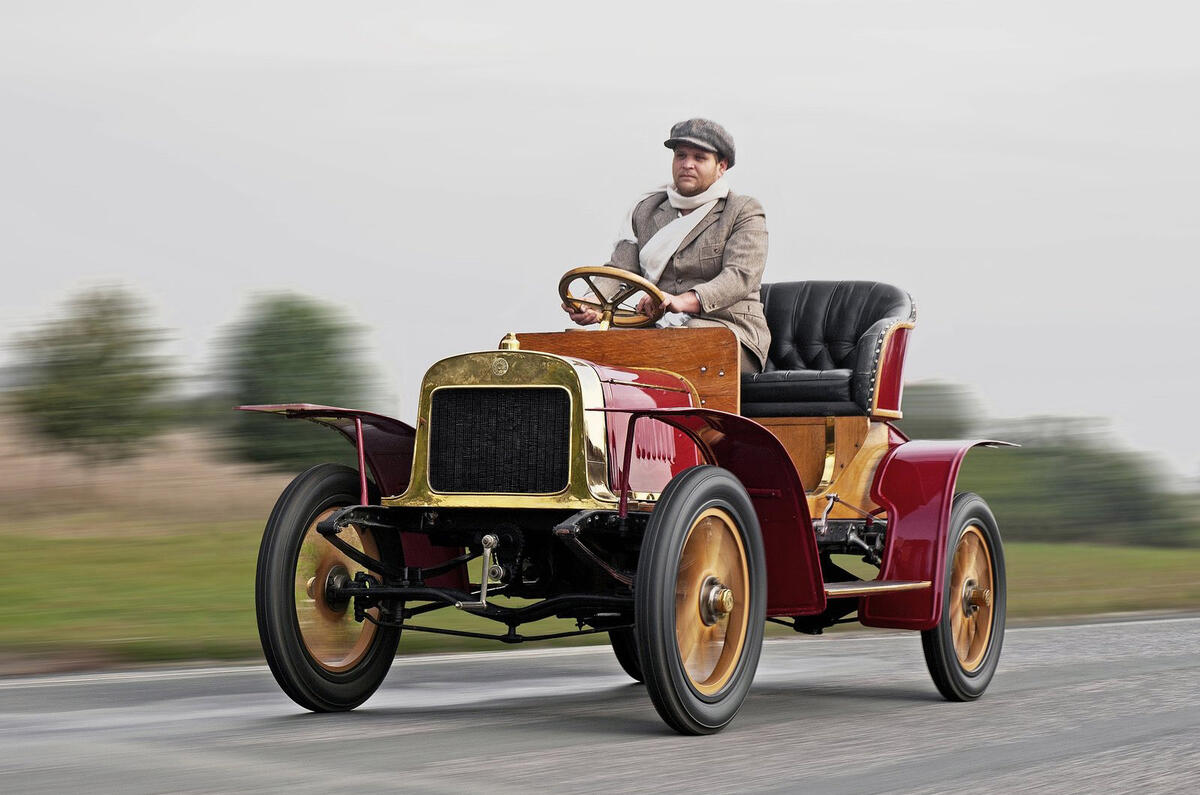
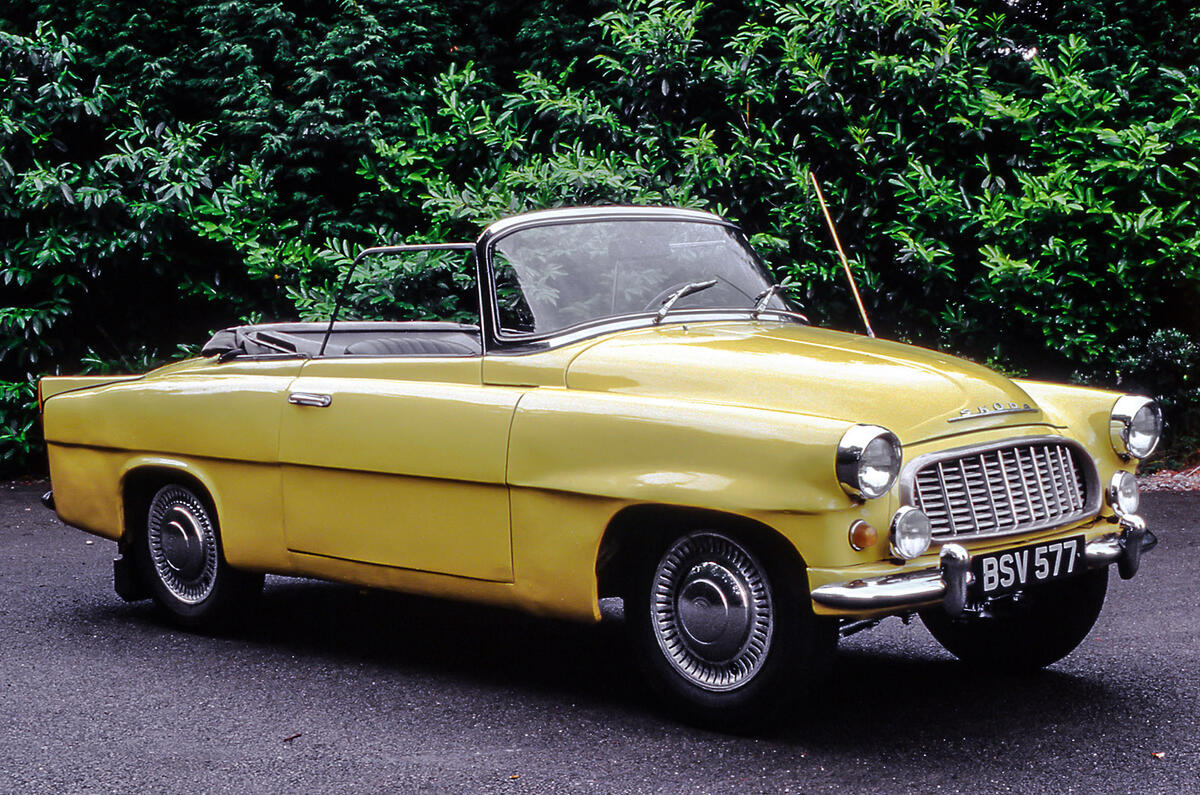
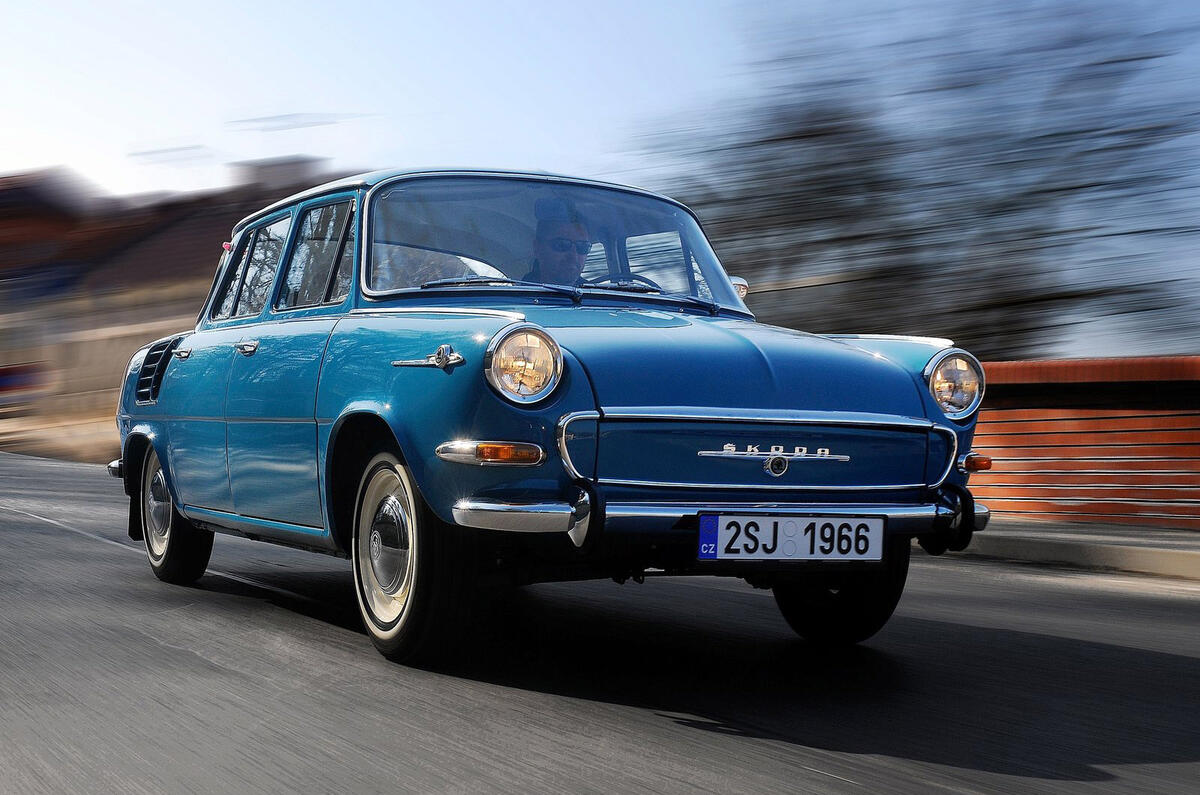
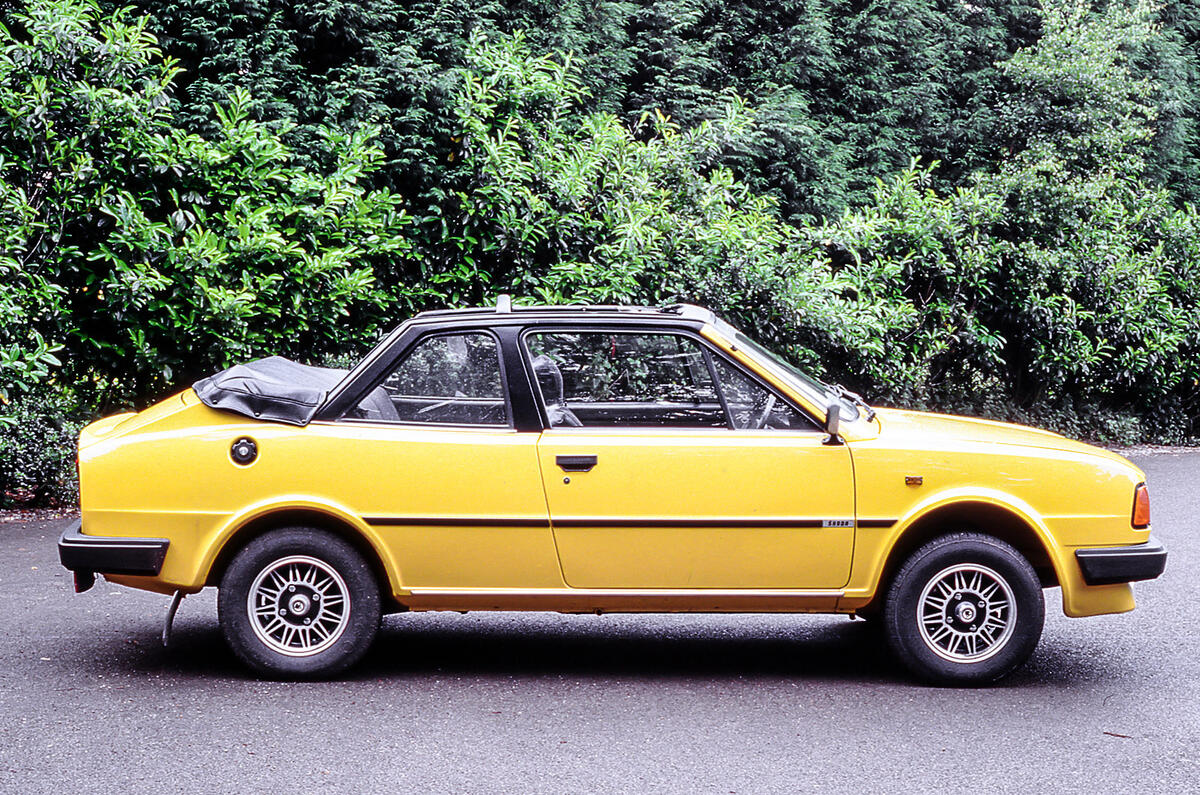
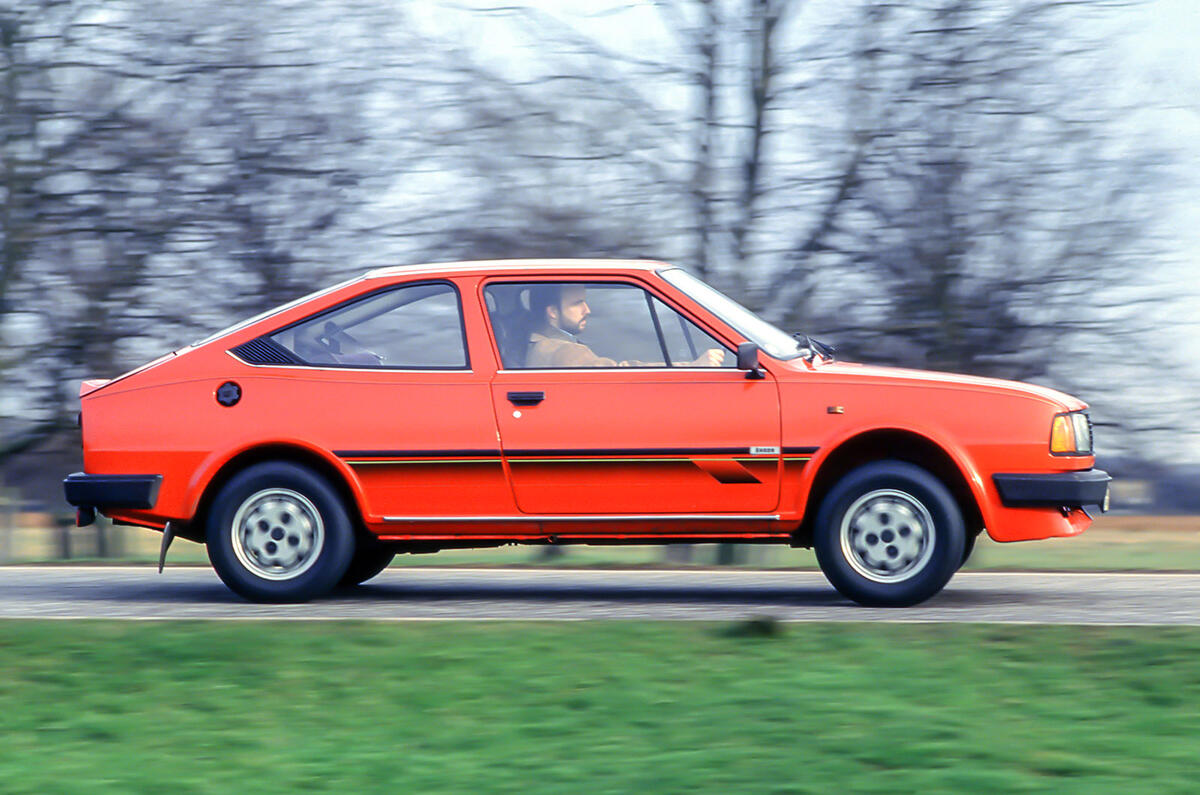
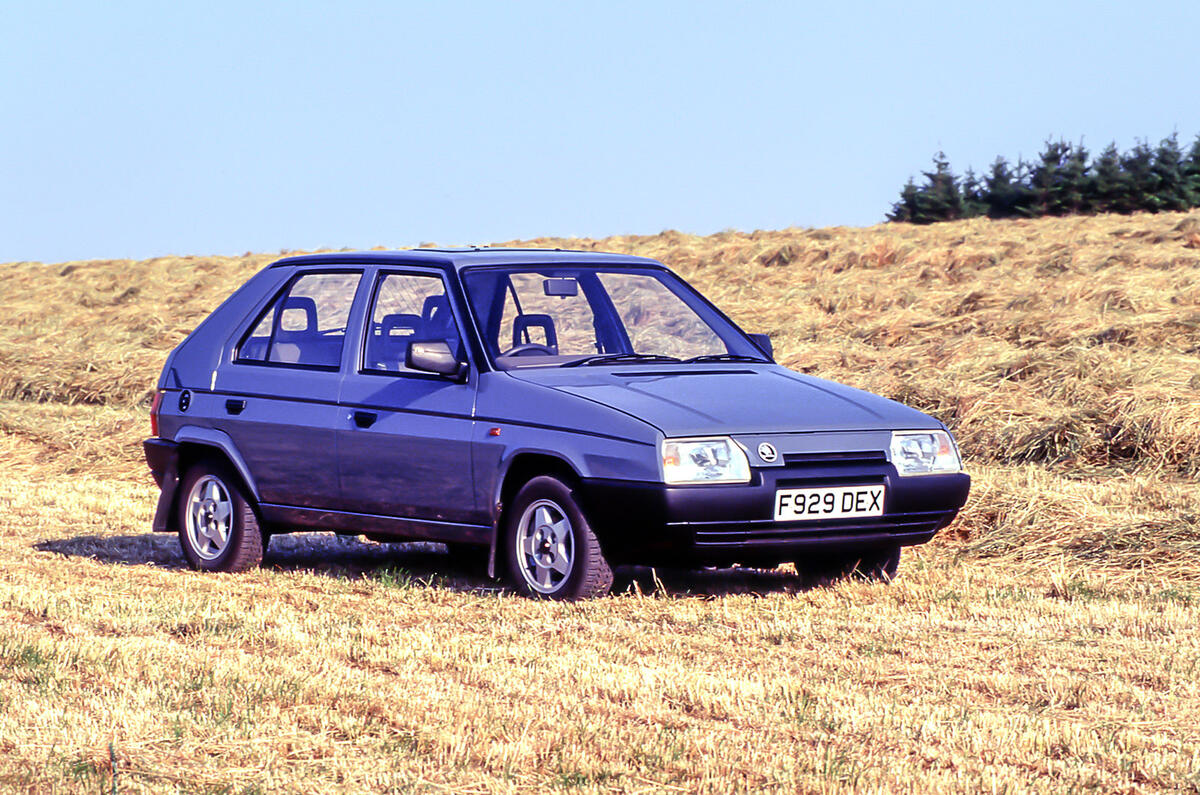
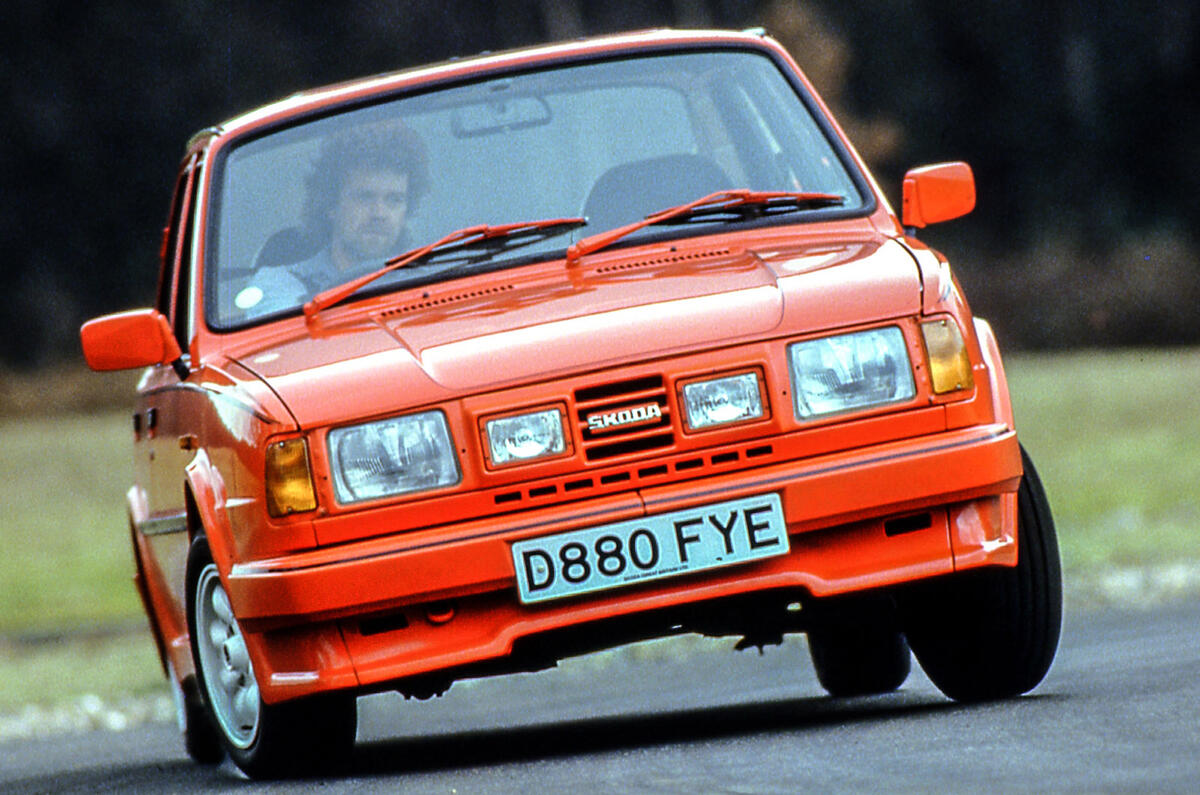
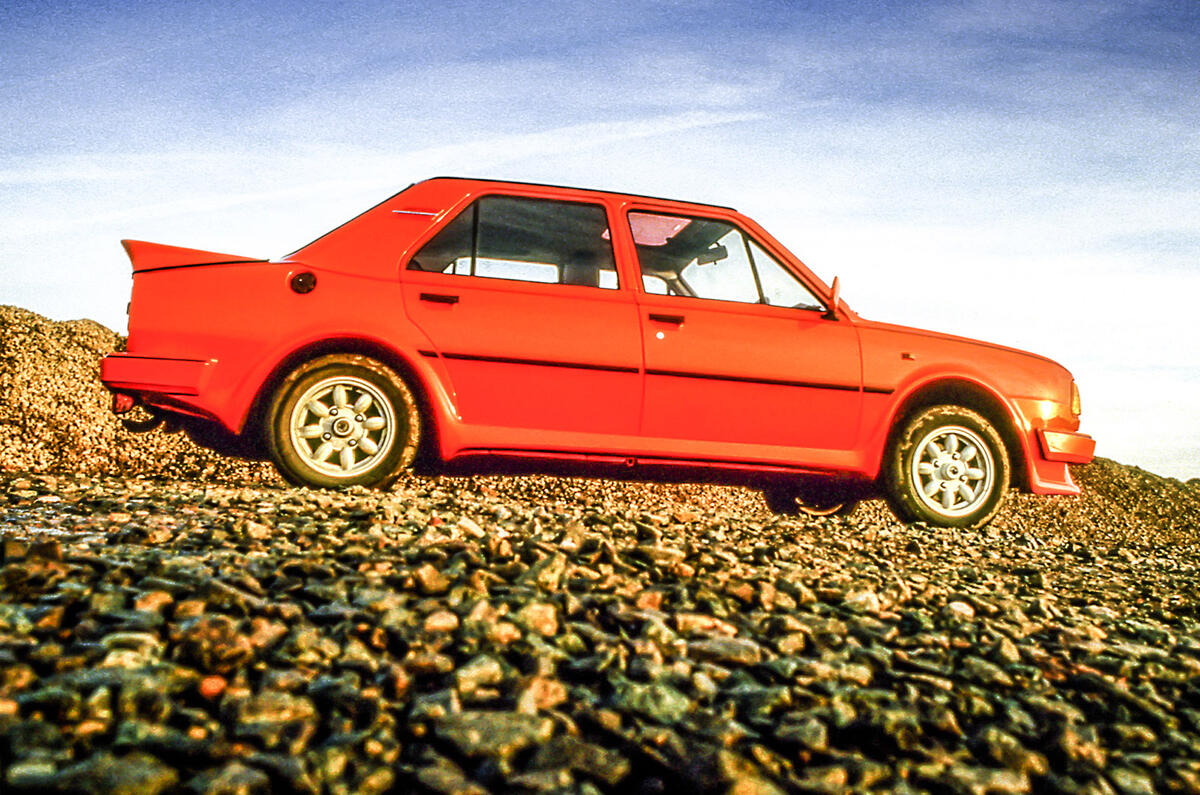
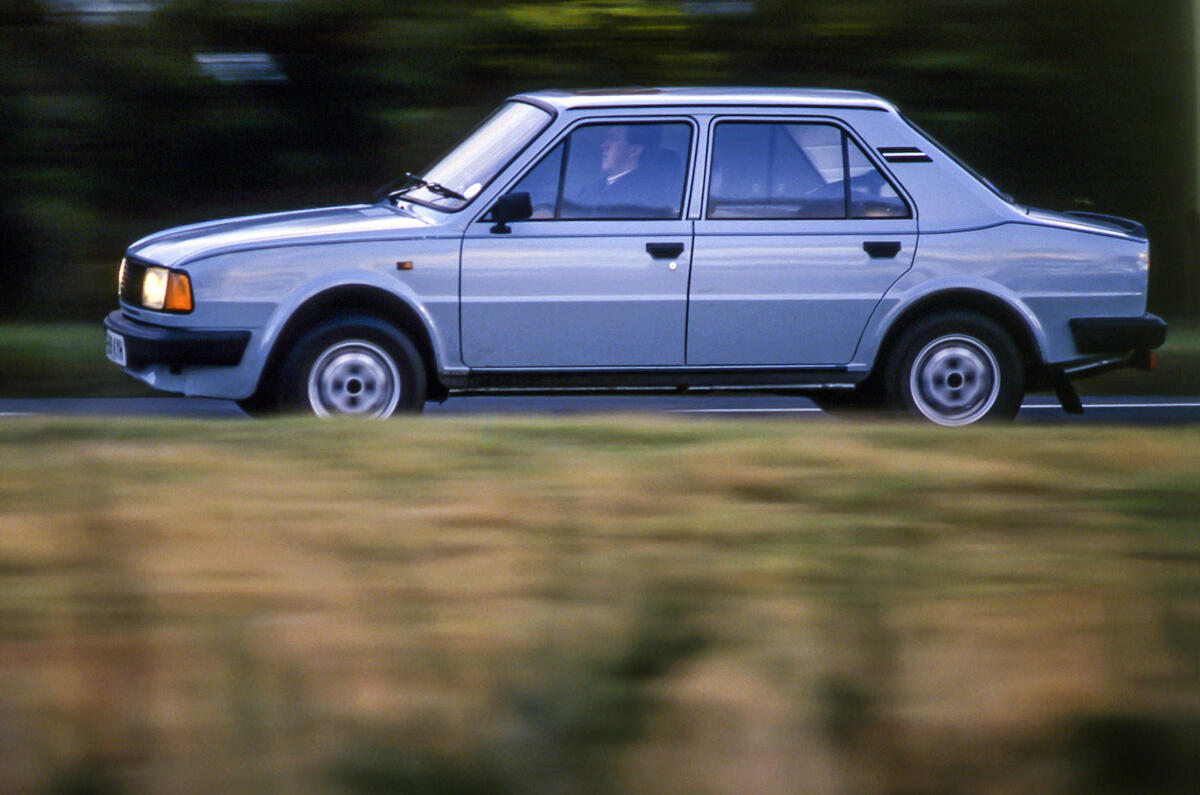





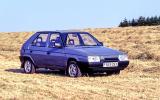
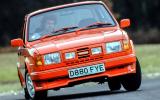




Join the debate
Add your comment
For those to you g to
What do you call a Skoda Convertable?
A Skip!
Why does a Skoda have a heated rear window?
To keep your hands warm in winter! (When pushing)
Am sure there are loads more, senility means I can't remember them
For those to you g to
What do you call a Skoda Convertable?
A Skip!
Why does a Skoda have a heated rear window?
To keep your hands warm in winter! (When pushing)
Am sure there are loads more, senility means I can't remember them
@peterover
Some of the best